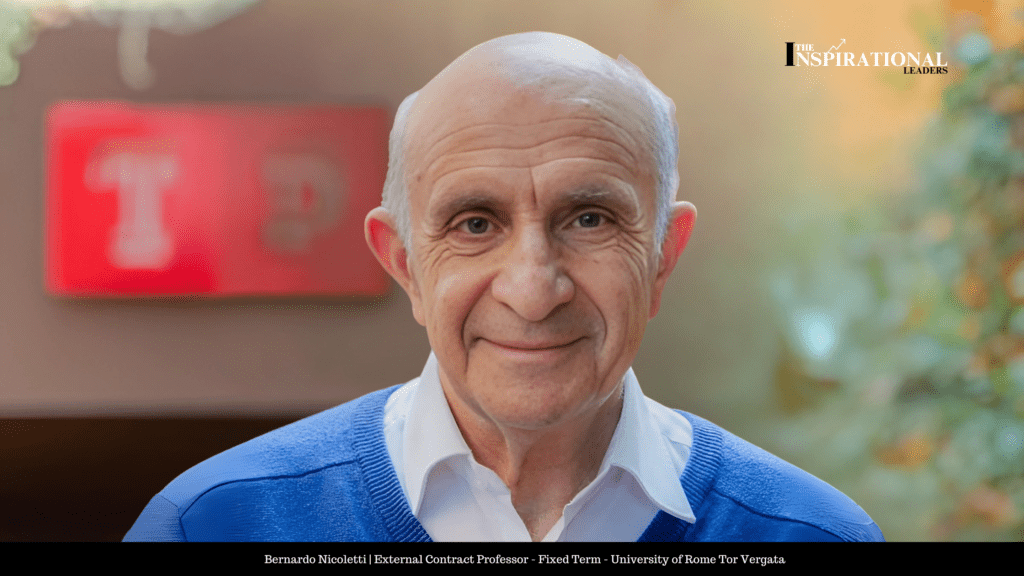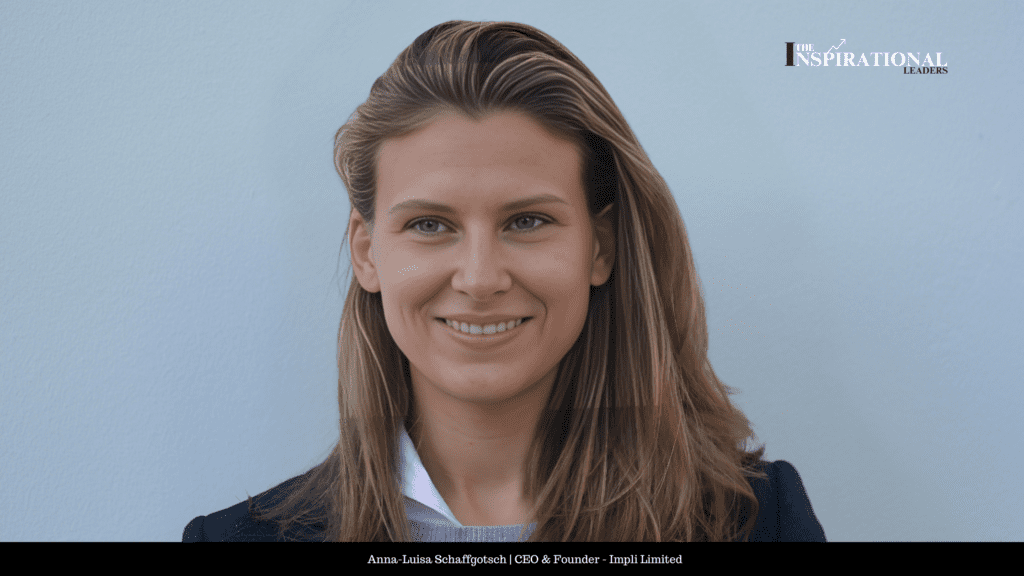Driving Telehealth Transformation: Kyle Y. Faget’s Vision for the Future of Healthcare
Digital Version In the rapidly evolving world of healthcare, few leaders have left as profound a mark as Kyle Y. Faget, Partner and Co-Chair of the Health Care & Life Sciences Sector – Medical Devices at Foley & Lardner LLP. Recognized among 2025’s Most Influential Leaders Advancing Telehealth Transformation, Faget’s journey weaves together science, law, innovation, and personal experience, positioning her as a true catalyst in the transformation of healthcare delivery. A Personal Journey Into Healthcare Law For Faget, the path to healthcare law was shaped as much by intellectual passion as by personal experience. Before entering law school, she was a basic science researcher investigating the pathophysiology of Alzheimer’s disease and the genetic roots of Amyotrophic Lateral Sclerosis (ALS). That scientific grounding instilled a deep understanding of the challenges and possibilities in medicine. But it was a deeply personal encounter that sharpened her focus on telehealth. In 2017, after her late wife was misdiagnosed by several healthcare providers, it was a small telehealth practice that finally identified the root cause—stage IV lung cancer. This experience was a revelation for Faget. “That was the first time I witnessed telehealth being used,” she recalls. “I knew immediately this was the future of healthcare.” From that moment, she immersed herself in understanding the provider side of healthcare, diving into the complexities of digital health. Her commitment paid off during the COVID-19 pandemic, when telehealth surged as a preferred mode of care delivery. Today, as a leading voice in health law, Faget is helping shape a sector undergoing rapid transformation. Rooted in science, shaped by personal experience, and driven by purpose—this journey redefines what it means to lead with both heart and foresight in transforming healthcare for tomorrow. The Intersection of Law, Innovation, and Telehealth Faget sees the intersection of law, innovation, and healthcare as a pivotal moment in history. She notes that we are experiencing a time of rapid technological progress. Advances such as artificial intelligence (AI) and telehealth are transforming the way healthcare is provided, making it both more accessible and more effective. For example, decentralized clinical trials are leveraging AI and telehealth to increase efficiency, while digital health products for remote patient monitoring are allowing patients to better manage their health and intervene earlier when problems arise. “By improving how we monitor our health, we can take preventive action at the right time,” explains Faget. She sees enormous potential to improve overall population health, but also recognizes that this transformation comes with complex regulatory and strategic challenges. Innovation needs more than vision — it needs a legal strategy that understands its heartbeat. Guiding Innovators Through the Legal Landscape As Co-Chair of the Health Care & Life Sciences Sector – Medical Devices, Faget leads Foley & Lardner’s efforts to help innovators navigate a heavily regulated industry. Many entrepreneurs come to Foley eager to launch groundbreaking healthcare solutions, unaware of the intricate legal terrain. As Faget points out, the healthcare industry is one of the most heavily regulated sectors. Laws such as the corporate practice of medicine doctrine, which restricts non-professional corporations from practicing medicine or employing physicians, can complicate even the most promising business models. Additionally, the anti-kickback statute and state-level fee-splitting laws require careful structuring of financial arrangements. Faget and her team help clients understand these barriers and design compliant, scalable solutions. Navigating a Shifting Regulatory Environment The regulatory environment for telehealth is in flux, with state-level oversight creating a patchwork of requirements. From how clinician-patient relationships are established to licensing and practice standards, each state brings its own approach. Yet Faget sees progress: “More states are aligning on practice standards, and many are joining the interstate medical licensure compact, which streamlines physician licensing across member states.” At Foley, a team of attorneys track these regulatory shifts, helping clients remain compliant and competitive in an increasingly national marketplace. To lead in healthcare law, you must think like a historian and adapt like a futurist. Legal Foresight for Sustainable Telehealth Platforms For Faget, legal foresight is essential to long-term success in telehealth. When engaging with clients, she emphasizes the importance of mapping out short- and long-term goals. “Whether it’s a single-state platform or a national one, we help structure the offering from the outset,” she explains. For example, the corporate practice of medicine may not be an immediate concern for a local startup, but it becomes critical when expanding across state lines. Foley’s proactive approach ensures that clients build on a foundation that can evolve as they scale. The Convergence of Medical Devices and Telehealth Bringing together medical devices and telehealth systems is reshaping patient care by enabling real-time data sharing and remote monitoring, though this combination also introduces both advantages and challenges. Faget highlights the need to address user tech-savviness, especially among aging populations, and the importance of navigating reimbursement policies, as coverage is not always readily available. Still, she is optimistic: “As these tools become more mainstream, we’re likely to see more favorable coverage decisions.” Tailoring Legal Guidance to Support Innovation Faget’s legal philosophy centers on education and informed decision-making. Whether advising startups or major healthcare systems, her role is to help clients understand legal requirements and enforcement trends, empowering them to make well-informed business decisions. “This is always the magic question: how to balance innovation and risk,” she says. By demystifying the regulatory landscape, Faget ensures that innovation is not stifled by uncertainty. The Critical Role of Cross-Sector Collaboration The success of telehealth depends on cooperation among the technology, healthcare, legal, and regulatory fields. Faget highlights that meaningful change requires the combined efforts of all these sectors, as no single area can achieve it independently. “Healthcare intersects with numerous legal domains, making a collaborative approach highly valuable for clients,” she explains. Foley’s industry-focused structure promotes integrated teamwork across various specialties, including patent law, corporate governance, tax, labor and employment, healthcare regulations, and FDA compliance. This comprehensive approach supports clients throughout the full innovation process, from developing patent strategies to bringing products to market. Mentoring the Next Generation of Healthcare Attorneys




